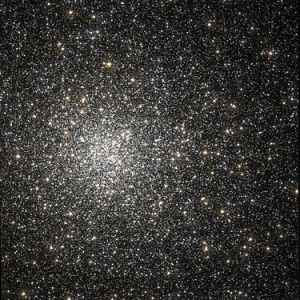Messier 62: Difference between revisions
No edit summary |
No edit summary |
||
| (One intermediate revision by the same user not shown) | |||
| Line 9: | Line 9: | ||
HGS Sessions - Clearing [[Planet Verticals]] - 3/17/2015 <ref>[http://www.energeticsynthesis.com/index.php/forum/52-hgs-discussions-and-q-a-a/60650-hgs-shared-sessions-and-discussion?start=126h HGS Session]</ref> | HGS Sessions - Clearing [[Planet Verticals]] - 3/17/2015 <ref>[http://www.energeticsynthesis.com/index.php/forum/52-hgs-discussions-and-q-a-a/60650-hgs-shared-sessions-and-discussion?start=126h HGS Session]</ref> | ||
HGS Sessions - Clearing [[Horologium, Phoenix, Scutum]] - 3/18/2015 <ref>[http://www.energeticsynthesis.com/index.php/forum/52-hgs-discussions-and-q-a-a/60650-hgs-shared-sessions-and-discussion?start=156#101251 HGS Session]</ref>HGS Sessions - Clearing [[Temple Mount, Jerusalem.]] - 3/20/2015 <ref>[http://www.energeticsynthesis.com/index.php/forum/planetary-emancipation-gridwork-peg/60919-documenting-hgs-sessions-for-peg-gridwork?start=48#101346 HGS Session]</ref> | |||
==References== | ==References== | ||
Latest revision as of 23:06, 20 March 2015
Messier 62 (also known as M62 or NGC 6266) is a globular cluster in the constellation Ophiuchus. It was discovered in 1771 by Charles Messier. M62 is at a distance of about 22,500 light-years from Earth and measures some 100 light-years across. From studies conducted in the 1970s it is known that M62 contains the high number of 89 variable stars, many of them of the RR Lyrae type. It also contains several X-ray sources, thought to be close binary star systems, as well as millisecond pulsars in binary systems.[1]
HGS Session References
HGS Sessions - Clearing Planet Verticals - 3/17/2015 [2] HGS Sessions - Clearing Horologium, Phoenix, Scutum - 3/18/2015 [3]HGS Sessions - Clearing Temple Mount, Jerusalem. - 3/20/2015 [4]
References
Found in HGS Manual on Page 108
Found in HGS Manual on Page 115


